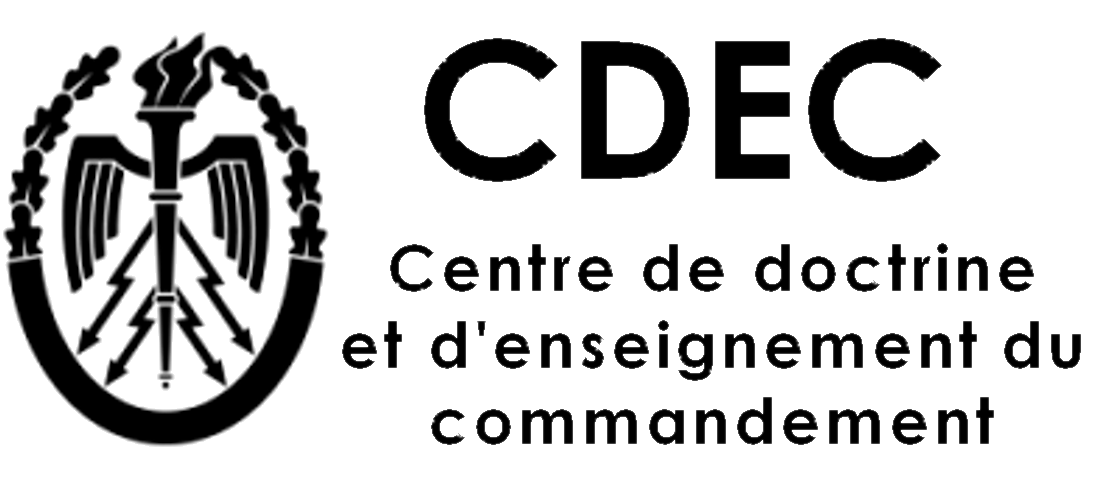The multilingual contents of the site are the result of an automatic translation.
Doctrinal Reflections
RETEX Notebooks Sept 2016
Study on the use of helicopters by the Russian armed forces in Syria
RETEX Workbooks May 2016
Rebellions and counter-rebellions in the Democratic Republic of Congo 2002-2012
RETEX Workbooks Jan 2016
The airlock at the end of the mission: theory and practice
RETEX Workbooks May 2016
Rebellions and counter-rebellions in the Democratic Republic of Congo 2002-2012
The Democratic Republic of Congo (DRC) has experienced two successive wars on its territory between 1997 and 2002. They involved national actors divided into several opposing factions as well as the armies of several countries in the region, notably Rwanda and Uganda.
On 30 November 1999, the international community became involved in the conflict with Security Council Resolution 1279 establishing the United Nations Organization Mission in the Congo (MONUC). Since the peace agreement signed in Pretoria on 17 December 2002, the DRC has entered a situation of peace consolidation, political stabilisation and economic reconstruction.
However, violence has not ceased in the east of the country, in the provinces of North and South Kivu. Armed groups are still very active there and the Armed Forces of the Democratic Republic of Congo (FARDC) are trying to implement counter-rebellion strategies with the support of the UN mission.
To date, the FARDC has still not succeeded in restoring state sovereignty in this area, which is far from the capital Kinshasa and isolated from the rest of the country. The objective of the study is to understand the reasons for this failure. Within the framework of the current reflections on the Return of Experience (RETEX), the aim is to analyse the forces present, their strategies and tactics of confrontation in
order to understand the apparently immutable nature of the conflict in the Kivus. The study goes back to the local and ancient roots of the tensions: in the region, society suffers from deep cleavages whose factors are rooted in poorly controlled emigration and land contraction.
Armed groups also use the transposition of ethnic tensions to fuel an ideology and a modus operandi that often boils down to predation, whether as an objective in itself or as a means of prolonging the political struggle. At the same time, the study focuses on the handicaps that the national army inherited from its history and tries to explain how, from 2002 onwards, the processes of integration of combatants from armed groups (DDR) and security sector reform (SSR) have not achieved their objectives because armed groups act according to differentiated and complex logics, using guerrilla techniques, knowing the terrain and acting within the populations, receiving unofficial support from foreign countries or benefiting from the weaknesses of the FARDC themselves. Finally, with a view to identifying the interpenetration of the different levels of conflict, local, national, sub-regional and international, the study questions the effectiveness of the international community's intervention.
Focusing on the success of electoral processes, it seems to have little impact on security in the Kivus despite the presence for more than a decade of one of the most important United Nations operations.
order to understand the apparently immutable nature of the conflict in the Kivus. The study goes back to the local and ancient roots of the tensions: in the region, society suffers from deep cleavages whose factors are rooted in poorly controlled emigration and land contraction.






